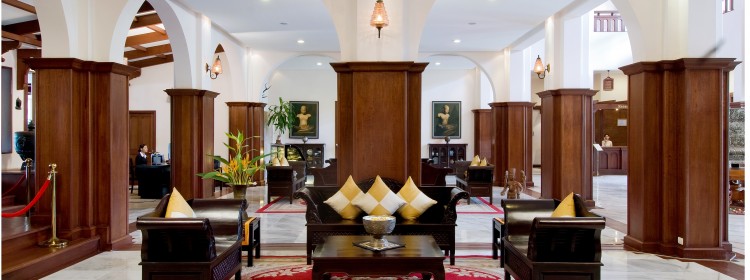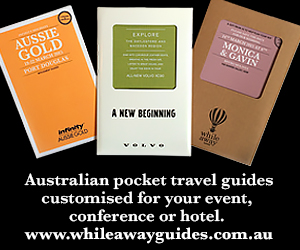It was late, after 11pm, when I arrived at the La Rose Boutique Hotel and Spa in Phnom Penh, tired after two long flights. I soon discovered to my dismay that the people at reception weren’t expecting me – I’d given them the wrong dates.
As I wearily began to ponder where else I might stay that night, a receptionist assured me all would be well.
Though the hotel was full, there was a spare room, seldom used, that the evening staff could open and quickly spruce up. Then they’d move me to another, better room the next day. “I’m so sorry sir,” said the staffer.
 “It’s not your fault,” I replied. “I’m the one who gave you the wrong dates in the first place; I should be apologising.”
“It’s not your fault,” I replied. “I’m the one who gave you the wrong dates in the first place; I should be apologising.”
But as I discovered, this kind of obliging service is a hallmark of the 10-roomed La Rose Boutique Hotel, and its five-star sister property a short drive away in the Cambodian capital, the 68-room La Rose Suites. Both represent wonderful value for money for leisure and business visitors.
Because the hotel and its managers feel strongly about corporate social responsibility, it employs hundreds of staff from a local NGO, Pour un Sourire d’Enfant, some of whom are pictured below.
Many of these young people hail from rural areas around Phnom Penh, and the hotel helps them acquire skills and a job. It also donates a portion of its revenue to the La Rose Foundation, which it established to help improve the lives of the poor.
The La Rose properties are owned by a Cambodian businesswoman who’s been involved in the local hospitality industry for over 20 years. Inspired by the architecture of French Indochina and the ancient Cambodian temple of Angkor Wat, she’s responsible for the interior design which features dark woods, white walls and red trim. (She chose the name La Rose because she’s passionate about roses.)
The suites, sized from 45 square metres and upwards, have four-poster beds and guests have access to an outdoor saltwater pool. The 95 square-metre “La Rose Family Suites” have a private balcony while one-bedroom apartments are available with and without private balconies, and there’s a two-bedroom apartment with kitchen, private meeting room and separate swimming pool. The free wifi is quick and reliable.
 A dedicated meeting room can seat up to 20, and the two restaurants convert to versatile meeting spaces for 40 to 50 people, says a hotel spokesman. Moreover, as part of the deal, guests receive a free one-hour traditional Khmer massage and free access to the room minibar every day during their stay.
A dedicated meeting room can seat up to 20, and the two restaurants convert to versatile meeting spaces for 40 to 50 people, says a hotel spokesman. Moreover, as part of the deal, guests receive a free one-hour traditional Khmer massage and free access to the room minibar every day during their stay.
In addition to the array of spa packages available, La Rose Suites offers classes for those who want to take home more than a souvenir.
Guests can educate themselves in the art of massage or take a traditional Khmer cooking class.
As Cambodia emerges from a troubled past, its inbound tourist arrivals are increasing steadily. In 2013, the most recent date for which official figures seem to be available, arrivals grew 17.5% year on year, with business traveller numbers growing 47%.
The La Rose clientele, both leisure and group, is today 90% western, with the balance coming from Singapore, Hong Kong and Japan, says the spokesman. Most visit the major Phnom Penh attractions like the Royal Palace, National Museum and towering Independence Monument, all of which are located nearby.
Nevertheless it’s the friendliness at the heart of Khmer culture today that brings many visitors back, say La Rose staff. This, and effusive hospitality, greeted The Siteseer back in February.
 During the serving of a multiple-course Khmer meal in the Suites’ main restaurant, for example, while a staff member performed a traditional Cambodian dance on a small stage, the food kept on coming. A piquant salad of chicken, mint, shaved vegetables and lime juice. Battered fish in coconut milk. Fragrant curries. Noodles and chilli.
During the serving of a multiple-course Khmer meal in the Suites’ main restaurant, for example, while a staff member performed a traditional Cambodian dance on a small stage, the food kept on coming. A piquant salad of chicken, mint, shaved vegetables and lime juice. Battered fish in coconut milk. Fragrant curries. Noodles and chilli.
When I told one my hosts I was full, he smiled and said: “Our slogan is home away from home, so you’ve got to taste everything! And it’s healthy, worry-free, all made with fresh ingredients; you can eat all this and never put on weight.”
From USD100 per night
To stay at La Rose in peak season, from November to May, the rack rate for a room is around USD100 and for the suites about USD200, which includes breakfast. An a la carte menu is available all day till 10pm.
TripAdvisor reviews overwhelmingly rate the properties as excellent. “We were tired when we arrived after long travel and could only stay one night,” writes one reviewer. “Ohh I wish we could have stayed longer. Fantastic rooms, very service-oriented and friendly staff and the restaurant was really good.”
Amen to that.
More info: www.larose.com.kh.
Email relax@larose.com.kh.
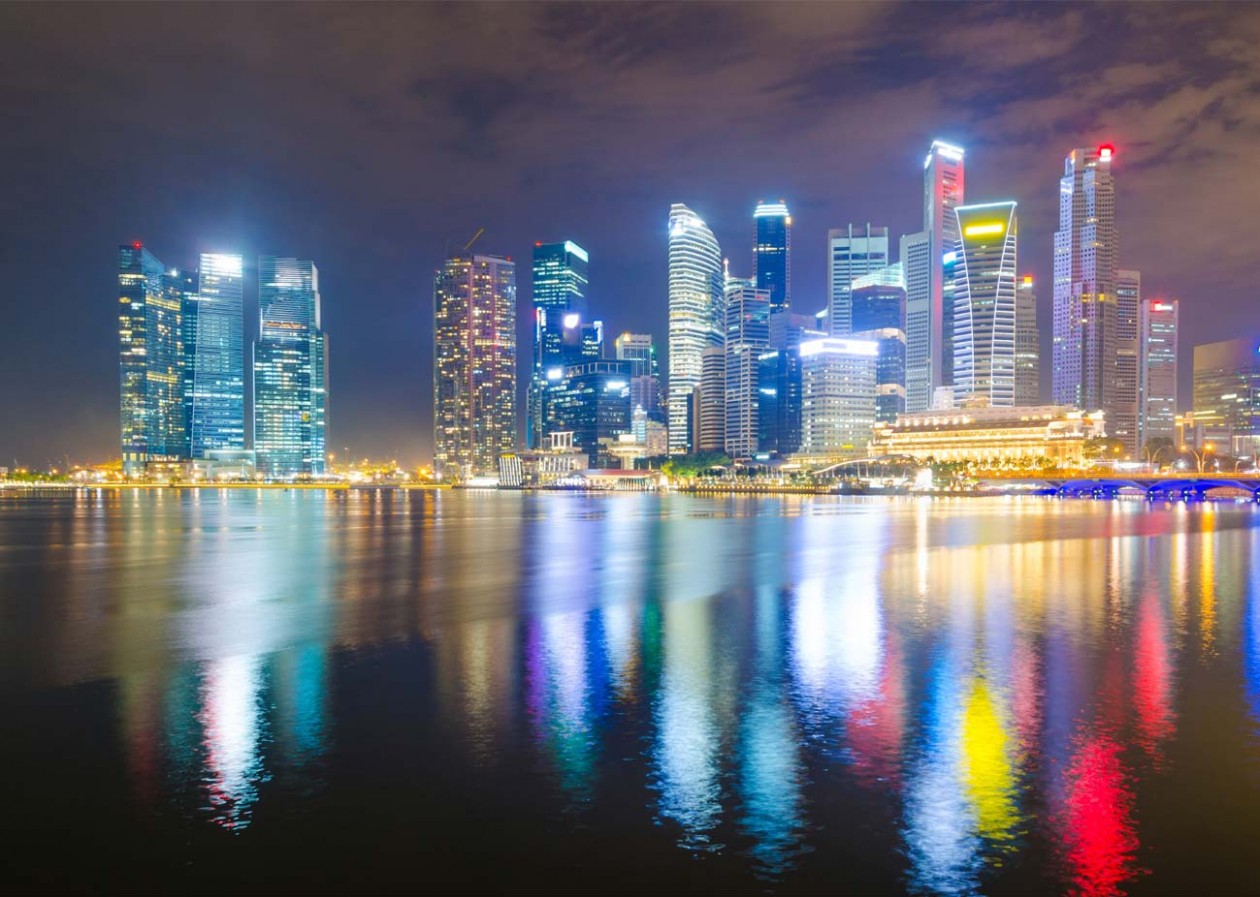
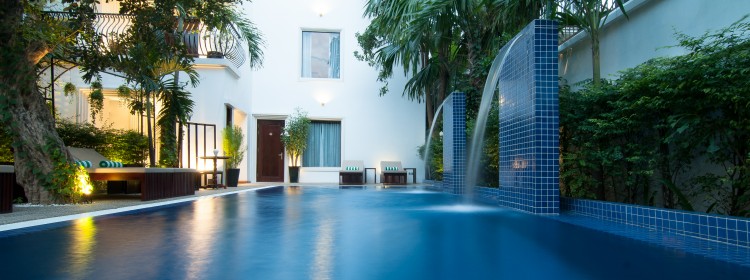



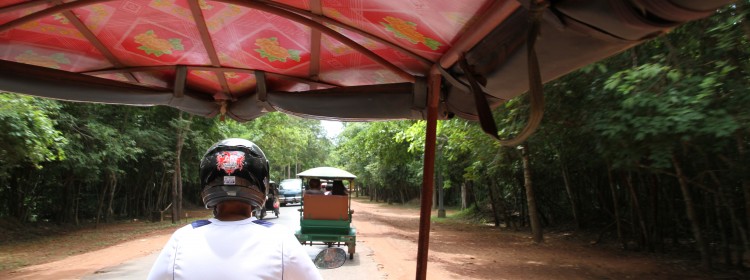
 Though still poor and relatively underdeveloped, Cambodia has moved on and is recovering well from its nightmarish past, says Flavie, who loves the country. “People here want to move forward,” she says enthusiastically over coffee at a Siem Reap café. “So many have started from absolutely nothing, having been through terrible times in their history, and they’re making real progress, as you can see in the standards of many businesses and hotels.”
Though still poor and relatively underdeveloped, Cambodia has moved on and is recovering well from its nightmarish past, says Flavie, who loves the country. “People here want to move forward,” she says enthusiastically over coffee at a Siem Reap café. “So many have started from absolutely nothing, having been through terrible times in their history, and they’re making real progress, as you can see in the standards of many businesses and hotels.” Each incentive trip that Khiri people organise is customised, and many are innovative, Flavie says. They can range from a trip on a private jet to a wedding in a preferred hotel, dinner on a private island, afternoon tea in a royal palace and a private caving expedition in the karst mountains of Vietnam.
Each incentive trip that Khiri people organise is customised, and many are innovative, Flavie says. They can range from a trip on a private jet to a wedding in a preferred hotel, dinner on a private island, afternoon tea in a royal palace and a private caving expedition in the karst mountains of Vietnam. Day on the lake
Day on the lake These villagers seem to do everything on or in the water. Next to one floating home, its deck lined with colourful flowerpots, young kids are diving and swimming. Then we pass by what appears to be a community hall afloat.
These villagers seem to do everything on or in the water. Next to one floating home, its deck lined with colourful flowerpots, young kids are diving and swimming. Then we pass by what appears to be a community hall afloat. The lady of the stilt house greets us shyly, her eyes curious, as we clamber up a steep flight of steps to the first level. Bunseon introduces her to us as Bun Kimheang, his mother-in-law. Bun, pictured in her home, left, bustles about, serving us a simple but delicious Khmer lunch of braised pork, rice and fresh local vegetables, which include yellow pumpkin-like portions, as well as ice-cold Angkor lager.
The lady of the stilt house greets us shyly, her eyes curious, as we clamber up a steep flight of steps to the first level. Bunseon introduces her to us as Bun Kimheang, his mother-in-law. Bun, pictured in her home, left, bustles about, serving us a simple but delicious Khmer lunch of braised pork, rice and fresh local vegetables, which include yellow pumpkin-like portions, as well as ice-cold Angkor lager. Other Cambodia tour options from Khiri include “
Other Cambodia tour options from Khiri include “


